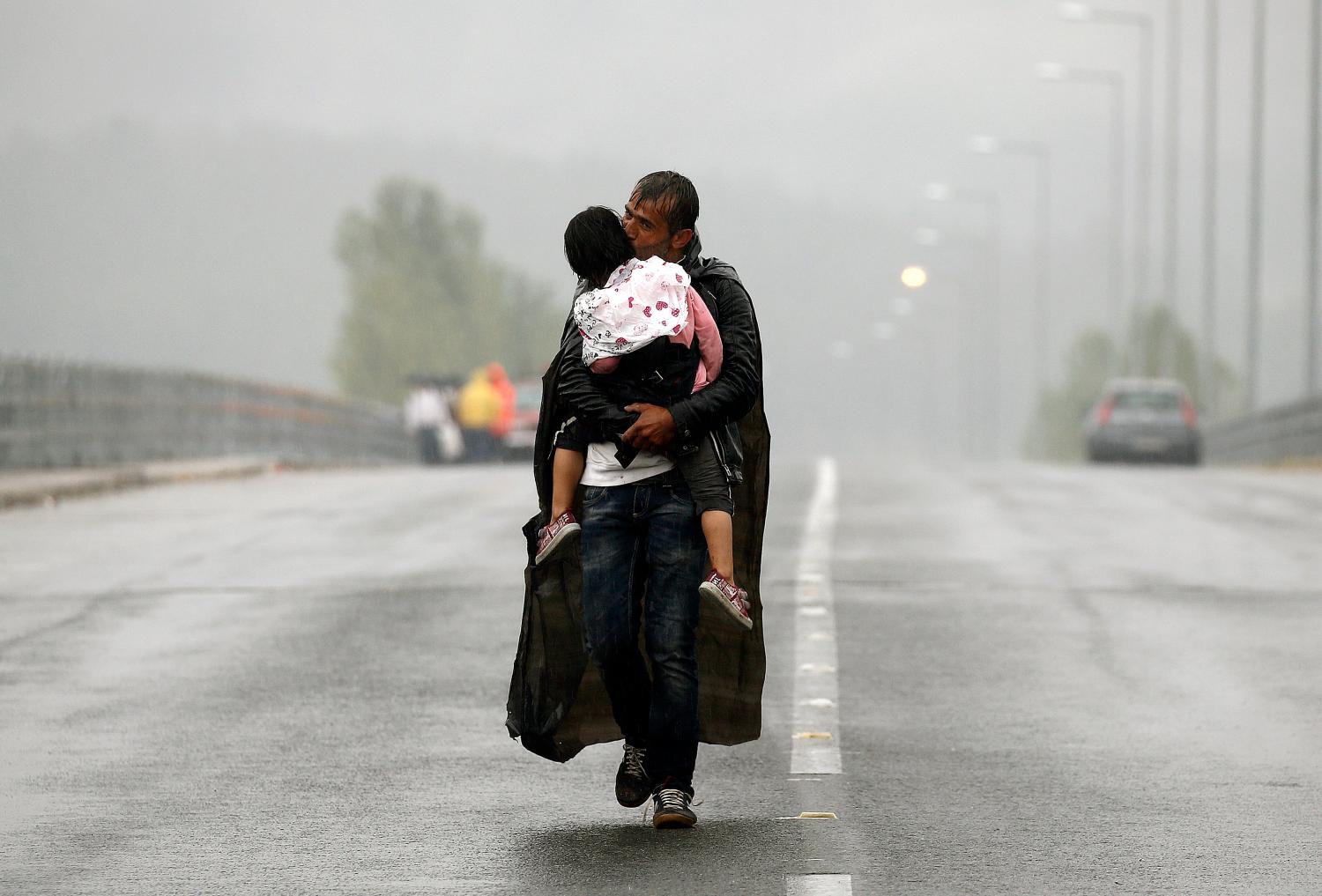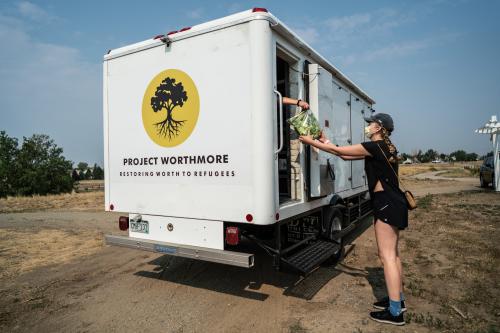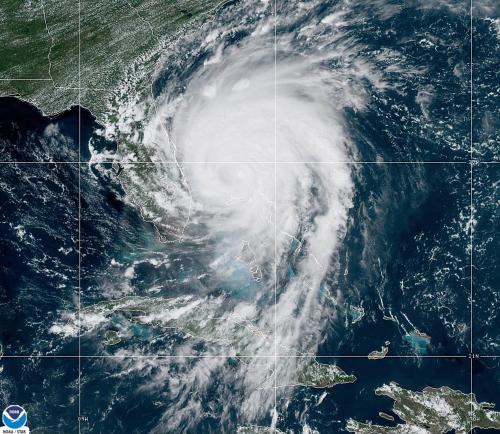Executive Summary
U.N. member states are now more than halfway through a two-year process of developing a new Global Compact for Refugees (GCR)—one that is designed to improve responses to displacement by making them more comprehensive, predictable, and inclusive of relevant stakeholders. Although the process aimed to engage a wide range of actors, municipal authorities have been notably absent from the discussions. With approximately 60 percent of refugees and at least half of internally displaced people residing in urban environments, that is a consequential oversight.
This paper makes the case for engaging municipal leaders in the GCR process, offers recommendations for how to do so in the period that remains, and suggests steps that the humanitarian community can take to ensure that the conversation continues thereafter.
Principally, it recommends that the U.N. Refugee Agency (UNHCR): 1) Invite mayors to provide feedback on the draft GCR it will release next month, during the period of formal, U.N. member state-led consultations; and 2) Ensure that it reflects the experiences of urban communities that host substantial numbers of refugees, including in the Middle East.
Going forward, UNHCR should also consider developing a consultative mechanism through which local authorities can provide ongoing input to decisions that affect their communities; support the exchange of good practices among humanitarians and urban leaders; encourage the designation of municipalities as entities eligible to receive assistance funding, where relevant; and liaise directly with municipalities that seek technical advice and support, regardless of the engagement of their national governments. Taking these steps will help ensure that the GCR is maximally effective, and therefore legitimate.



